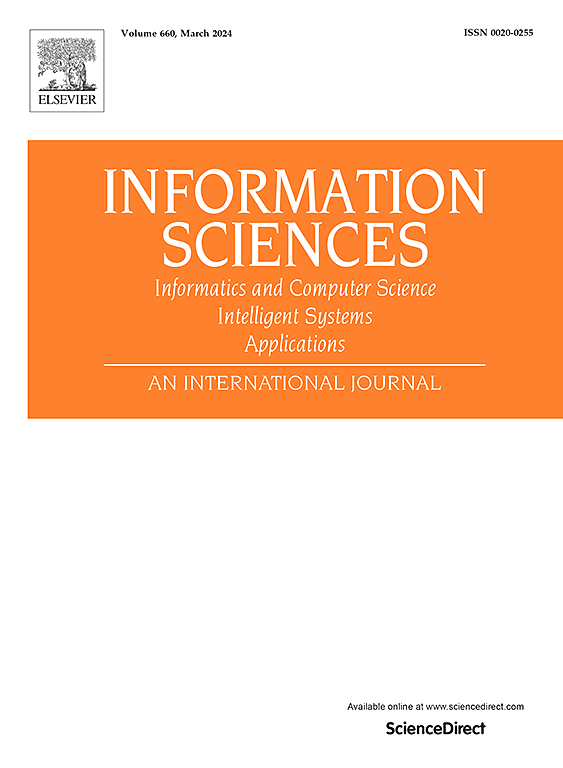ClusterDDPM: An EM clustering framework with Denoising Diffusion Probabilistic Models
IF 6.8
1区 计算机科学
0 COMPUTER SCIENCE, INFORMATION SYSTEMS
引用次数: 0
Abstract
Variational autoencoder (VAE) and generative adversarial networks (GAN) have found widespread applications in clustering and have achieved significant success. However, the potential of these approaches may be limited due to VAE's mediocre generation capability or GAN's well-known instability during adversarial training. In contrast, denoising diffusion probabilistic models (DDPMs) represent a new and promising class of generative models that may unlock fresh dimensions in clustering. In this study, we introduce an innovative expectation-maximization (EM) framework for clustering using DDPMs. In the E-step, we aim to derive a mixture of Gaussian priors for the subsequent M-step. In the M-step, our focus lies in learning clustering-friendly latent representations for the data by employing the conditional DDPM and matching the distribution of latent representations to the mixture of Gaussian priors. We present a rigorous theoretical analysis of the optimization process in the M-step, proving that the optimizations are equivalent to maximizing the lower bound of the Q function within the vanilla EM framework under certain constraints. Comprehensive experiments validate the advantages of the proposed framework, showcasing superior performance in clustering, unsupervised conditional generation and latent representation learning. The code is available at https://github.com/Jarvisyan/ClusterDDPM-pytorch.
基于扩散概率模型去噪的EM聚类框架
变分自编码器(VAE)和生成对抗网络(GAN)在聚类中得到了广泛的应用,并取得了显著的成功。然而,由于VAE平庸的生成能力或GAN在对抗训练中众所周知的不稳定性,这些方法的潜力可能受到限制。相比之下,去噪扩散概率模型(ddpm)代表了一种新的有前途的生成模型,可以在聚类中开启新的维度。在本研究中,我们引入了一个创新的期望最大化(EM)框架,用于使用ddpm进行聚类。在e步中,我们的目标是为随后的m步导出高斯先验的混合。在m步中,我们的重点是通过使用条件DDPM并将潜在表示的分布与高斯先验的混合匹配来学习数据的聚类友好潜在表示。我们对m步的优化过程进行了严格的理论分析,证明了在一定约束条件下,优化等价于在普通EM框架内最大化Q函数的下界。综合实验验证了该框架的优势,在聚类、无监督条件生成和潜在表征学习方面表现出优异的性能。代码可在https://github.com/Jarvisyan/ClusterDDPM-pytorch上获得。
本文章由计算机程序翻译,如有差异,请以英文原文为准。
求助全文
约1分钟内获得全文
求助全文
来源期刊

Information Sciences
工程技术-计算机:信息系统
CiteScore
14.00
自引率
17.30%
发文量
1322
审稿时长
10.4 months
期刊介绍:
Informatics and Computer Science Intelligent Systems Applications is an esteemed international journal that focuses on publishing original and creative research findings in the field of information sciences. We also feature a limited number of timely tutorial and surveying contributions.
Our journal aims to cater to a diverse audience, including researchers, developers, managers, strategic planners, graduate students, and anyone interested in staying up-to-date with cutting-edge research in information science, knowledge engineering, and intelligent systems. While readers are expected to share a common interest in information science, they come from varying backgrounds such as engineering, mathematics, statistics, physics, computer science, cell biology, molecular biology, management science, cognitive science, neurobiology, behavioral sciences, and biochemistry.
 求助内容:
求助内容: 应助结果提醒方式:
应助结果提醒方式:


